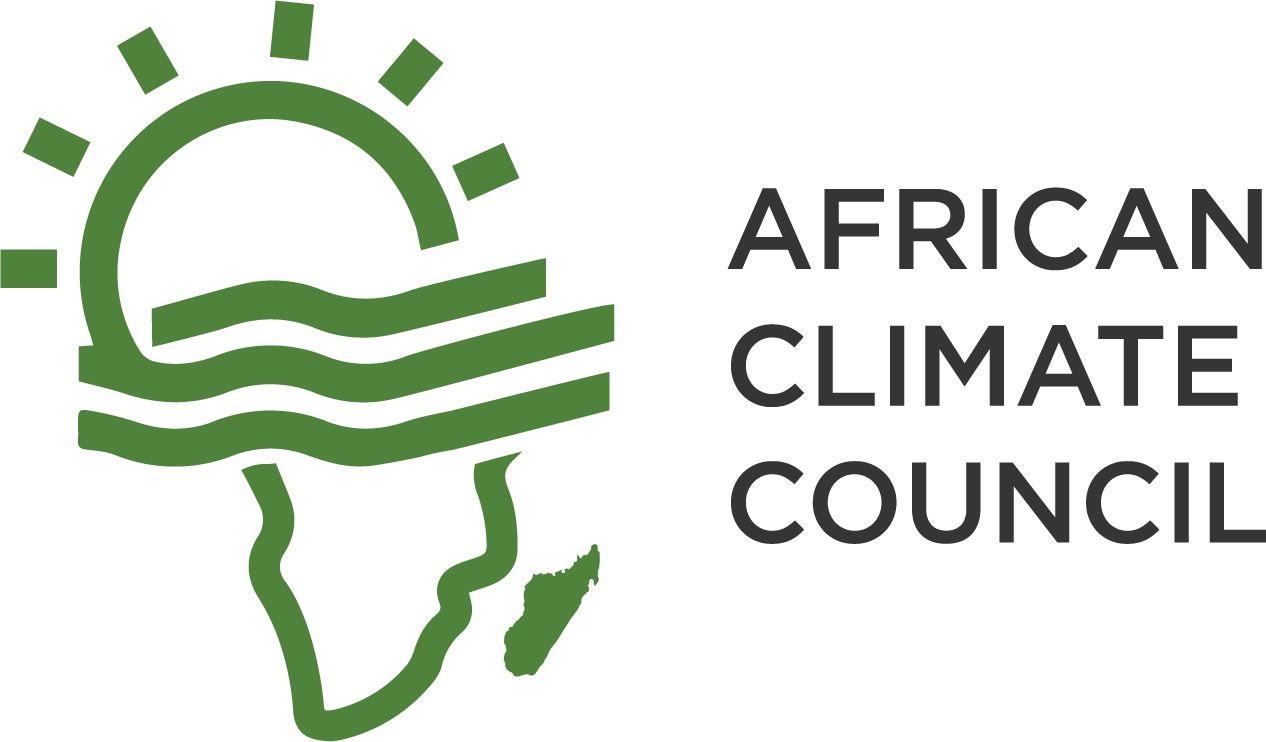
The Horn of Africa is currently facing its worst drought in 40 years, with the crisis affecting an estimated 50 million people. According to a recent study, the drought is not only the result of the prolonged lack of rainfall but is also fueled by the human-made climate crisis. This study reveals the severe and long-term effects of global warming on vulnerable communities worldwide.
While the Horn of Africa experiences extended dry periods punctuated by short, intense rainfall, the drought has continued for five consecutive seasons. The study by the World Weather Attribution group found that the region’s soil and pasture have become much drier due to increased evaporation caused by higher temperatures driven by global heating. This has been further impacted by a lack of rainfall, making the situation even more severe.
The long rainy season, which typically occurs from March to May and provides most of the yearly rainfall in the region, is now twice as likely to experience low rainfall due to climate change. This has made the situation even more challenging for communities that rely on agriculture and pastoralism.
Additionally the ongoing conflict, displacement, and poverty in the region, is making it more challenging for communities to cope with the drought’s impacts. For instance, some areas might receive more immigrants due to the continued unrest in Sudan, regardless of the current ceasefire. This will put stress to the few resources available.
There is an urgent need for immediate action to address the human-made climate crisis. The region does receive less attention regarding the climate agenda, a wake up call for the respective governments and the AU. Reducing greenhouse gas emissions and adapting to changing weather patterns is crucial to preventing future droughts and other extreme weather events. So, urgent investment in resilience-building measures is necessary to ensure vulnerable communities can withstand future impacts.


Add a Comment